10 Proven Methods to Stop Puppy Barking: A Comprehensive Guide for Dog Owners
Introduction
Welcoming a new puppy into your home is a joyful experience, filled with adorable moments and countless opportunities for bonding. However, dealing with excessive barking can quickly become challenging, testing even the most patient dog owners. Understanding why puppies bark and learning effective solutions can help you create a peaceful environment for both you and your furry companion.

Puppies bark for various reasons, including seeking attention, expressing excitement, alerting to potential threats, or communicating discomfort. While barking is a natural behavior for dogs, excessive barking can be disruptive and may indicate underlying issues that need to be addressed. In this comprehensive guide, we’ll explore ten proven methods to help you manage and reduce your puppy’s barking, ensuring a harmonious household for everyone involved.
Why Do Puppies Bark?
Before diving into the solutions, it’s essential to understand the common reasons behind puppy barking. This knowledge will help you address the root cause of the behavior more effectively.
| Reason for Barking | Description |
|---|---|
| Attention-seeking | Puppies may bark to get your attention or to request food, playtime, or other needs. |
| Excitement | Barking can be a sign of joy or enthusiasm, especially during play or when greeting people. |
| Fear or Anxiety | Unfamiliar sounds, people, or situations may trigger fearful barking in puppies. |
| Boredom | Lack of mental or physical stimulation can lead to excessive barking. |
| Territorial Behavior | Puppies may bark to alert you of perceived threats or to protect their space. |
| Pain or Discomfort | Barking can be a way for puppies to communicate physical discomfort or illness. |
| Separation Anxiety | Some puppies bark excessively when left alone due to anxiety. |
Understanding these underlying causes will help you choose the most appropriate methods to address your puppy’s barking behavior. Now, let’s explore the ten proven methods to stop puppy barking.
1. Consistent Training and Positive Reinforcement Techniques to Reduce Barking
Consistency is key when it comes to training your puppy to reduce excessive barking. Positive reinforcement techniques can be highly effective in encouraging desired behaviors while discouraging unwanted ones.
The “Quiet” Command
One of the most important commands you can teach your puppy is the “quiet” command. Here’s how to implement it effectively:
- When your puppy starts barking, calmly say “quiet” in a firm voice.
- Wait for a brief moment of silence, even if it’s just a second or two.
- Immediately reward your puppy with praise and a treat when they stop barking.
- Repeat this process consistently every time your puppy barks excessively.
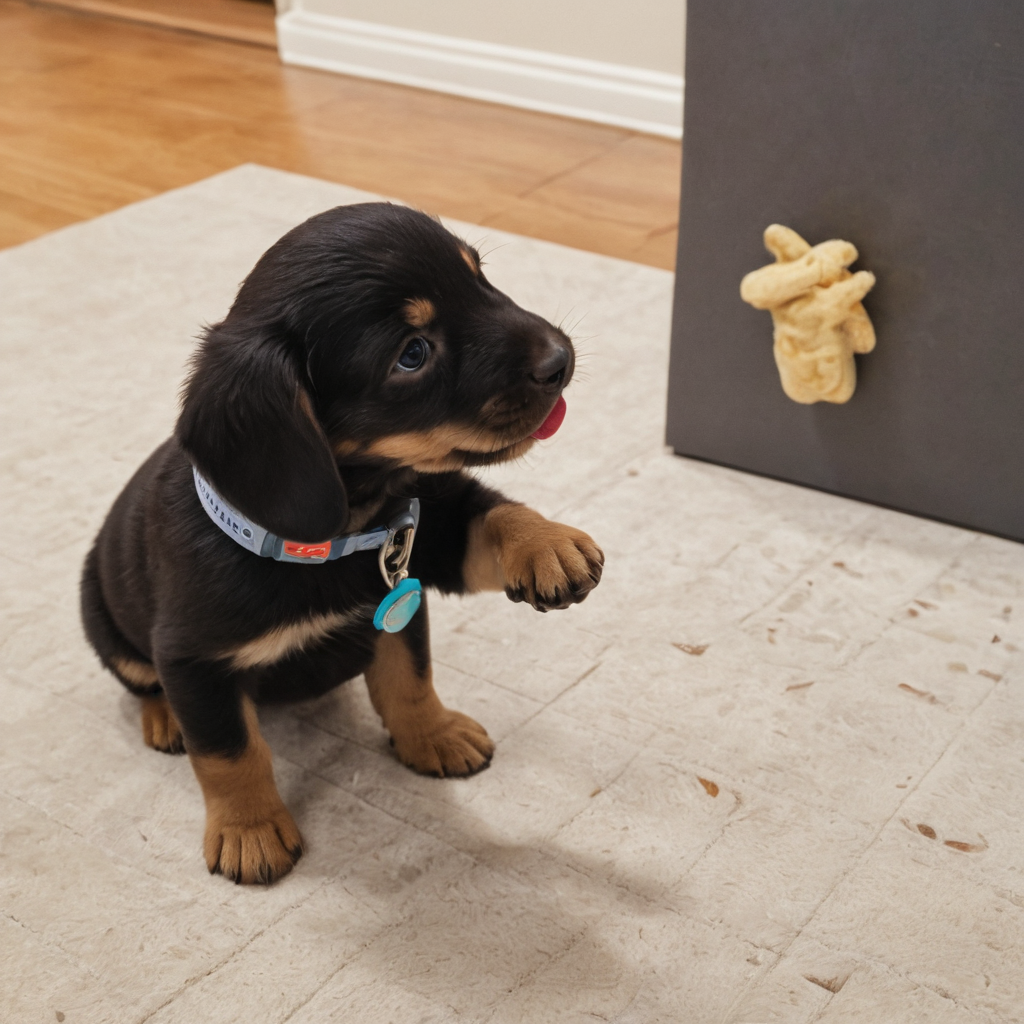
This positive reinforcement helps your puppy associate the command with the desired quiet behavior. Over time, your puppy will learn that being quiet leads to rewards, making them more likely to stop barking on command.
Ignoring Attention-Seeking Barking
If your puppy barks for attention, it’s crucial not to reinforce this behavior unintentionally. Follow these steps:
- When your puppy barks for attention, completely ignore them.
- Avoid making eye contact, speaking to them, or touching them.
- Wait for a moment of quiet, then immediately give them attention and praise.
- Consistently repeat this process to teach your puppy that quiet behavior gets rewarded with attention.
Remember, consistency is key. All family members should follow the same approach to ensure clear communication with your puppy.
2. How Exercise and Mental Stimulation Can Reduce Puppy Barking
A tired puppy is often a quiet puppy. Providing adequate physical exercise and mental stimulation can significantly reduce excessive barking caused by boredom or pent-up energy.
Physical Exercise
Ensure your puppy gets enough physical activity appropriate for their age and breed. Here are some ideas:
- Daily walks (duration and intensity should be appropriate for your puppy’s age and breed)
- Playtime in a secure, fenced area
- Fetch games
- Tug-of-war (with appropriate toys)
- Puppy-safe agility courses
Mental Stimulation
Mental exercise is just as important as physical exercise in preventing boredom-related barking. Try these activities:
- Puzzle toys and treat-dispensing toys
- Hide-and-seek games with treats or toys
- Basic obedience training sessions
- Nose work games
- Socialization experiences (in safe, controlled environments)

Create a daily routine that includes both physical exercise and mental stimulation to keep your puppy engaged and less likely to bark excessively out of boredom or frustration.
3. Managing Separation Anxiety to Prevent Excessive Barking
Separation anxiety can be a significant cause of excessive barking in puppies. Here are some strategies to help your puppy feel more comfortable when left alone:
Gradual Desensitization
- Start with very short periods of separation (just a few seconds).
- Gradually increase the duration of separation over time.
- Use a specific phrase or action (like “I’ll be back”) before leaving to create a positive association.
Create a Safe Space
Designate a comfortable area for your puppy when you’re away:
- Use a crate or a specific room
- Provide comfortable bedding
- Leave familiar toys and items with your scent
Calming Aids
Consider using calming aids to help reduce anxiety:
- Pheromone diffusers or sprays
- Calming music designed for dogs
- Anxiety wraps or thunder shirts
Remember, addressing separation anxiety may require patience and, in some cases, the help of a professional dog trainer or behaviorist.
4. Addressing Environmental Triggers
Sometimes, excessive barking is a response to environmental stimuli. Identifying and managing these triggers can help reduce barking:
Common Environmental Triggers
| Trigger | Examples | Management Strategies |
|---|---|---|
| Visual Stimuli | Passersby, other animals | Use window films or curtains to block views |
| Sounds | Doorbells, car noises | Use white noise machines or calming music |
| Unfamiliar Objects | New furniture, decorations | Gradual introduction and positive association |
Desensitization Techniques
- Identify the specific trigger causing the barking.
- Expose your puppy to a very low-intensity version of the trigger.
- Reward calm behavior in the presence of the trigger.
- Gradually increase the intensity of the trigger as your puppy remains calm.
- Continue this process until your puppy can remain calm in the presence of the full trigger.
This process may take time and patience, but it can be highly effective in reducing reactive barking.
5. Proper Socialization to Reduce Fear-Based Barking
Proper socialization is crucial in preventing fear-based barking. Expose your puppy to a variety of people, animals, and environments in a positive, controlled manner:
Socialization Checklist
- Different types of people (ages, genders, appearances)
- Various animals (when safe and appropriate)
- Different environments (urban, rural, parks)
- Various sounds and noises
- Different surfaces and textures
Always ensure these experiences are positive and not overwhelming for your puppy. Use treats and praise to create positive associations.
6. Using Distraction Techniques
Distraction can be an effective tool to interrupt and redirect barking behavior:
- When your puppy starts barking, use a sudden noise (like clapping) to get their attention.
- Immediately offer an alternative behavior, like “sit” or “come.”
- Reward the alternative behavior with praise and treats.
This technique helps break the barking cycle and teaches your puppy to engage in more desirable behaviors instead.
7. Establishing a Consistent Routine
Puppies thrive on routine, and a consistent daily schedule can help reduce anxiety-related barking:
- Set regular times for meals, walks, play, and rest.
- Establish a bedtime routine to signal when it’s time to settle down.
- Be consistent with rules and expectations across all family members.
A predictable routine helps your puppy feel secure and less likely to bark out of uncertainty or anxiety.
8. Using Appropriate Correction Techniques
While positive reinforcement should be the primary training method, there may be times when correction is necessary. Use these techniques sparingly and always in conjunction with positive reinforcement:
- Verbal corrections: A firm “no” or “ah-ah” when your puppy barks excessively.
- Time-outs: Briefly remove your puppy from the situation if they continue barking despite other interventions.
Remember, physical punishment or harsh corrections can increase anxiety and worsen barking behavior. Always use gentle, positive methods whenever possible.
9. Providing Appropriate Chew Toys and Activities
Sometimes, excessive barking can be a sign of frustration or pent-up energy. Providing appropriate outlets for your puppy’s natural behaviors can help:
- Offer a variety of chew toys appropriate for your puppy’s age and size.
- Rotate toys regularly to maintain interest.
- Use interactive toys that dispense treats to keep your puppy engaged.
Engaging with these toys can help redirect your puppy’s energy and reduce the likelihood of attention-seeking barking.
10. Seeking Professional Help When Needed
If your puppy’s excessive barking persists despite your best efforts, it may be time to seek professional help:
- Consult with your veterinarian to rule out any medical causes for the barking.
- Consider working with a professional dog trainer or behaviorist.
- Attend puppy training classes to learn additional techniques and socialize your puppy.
Professional guidance can provide personalized strategies tailored to your puppy’s specific needs and your home environment.
Conclusion
Managing excessive puppy barking requires patience, consistency, and understanding. By applying these 10 proven methods tailored to your puppy’s needs, you can foster a quieter home and a stronger bond with your furry companion. Remember that every puppy is unique, and what works for one may not work for another. Be patient with your puppy and yourself as you work through this training process.
[Image: A calm and content puppy resting peacefully, signaling a successful training outcome.]
![A calm ,puppy resting peacefully, signaling a successful training outcome.]](https://quitepuppy.com/wp-content/uploads/2024/08/nyc01temp_f0i6jXkeSS4w1VNcATQpS.png)
With time and effort, you’ll be able to enjoy the joys of puppy ownership without the stress of constant barking. Your dedication to training and understanding your puppy’s needs will result in a well-behaved, happy dog and a harmonious household for years to come.

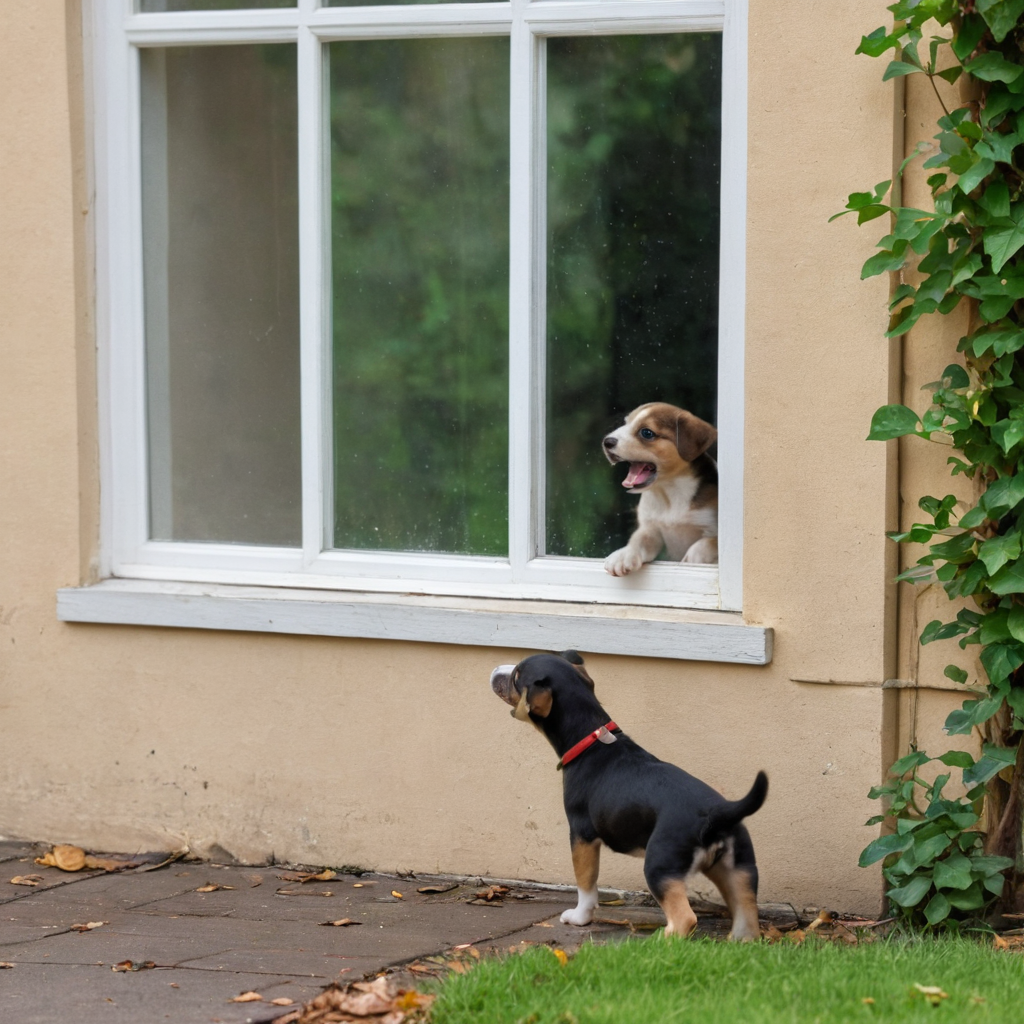
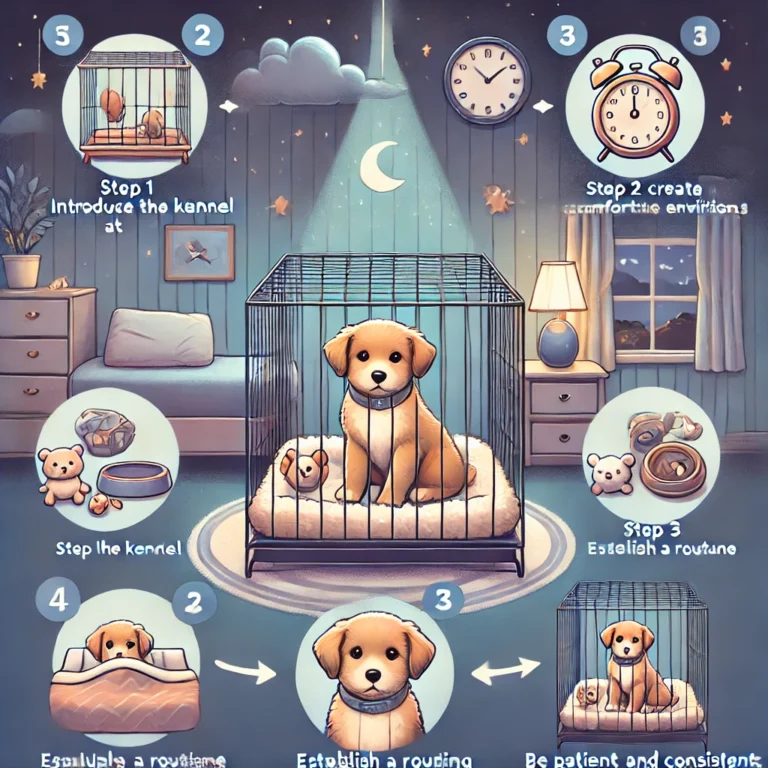
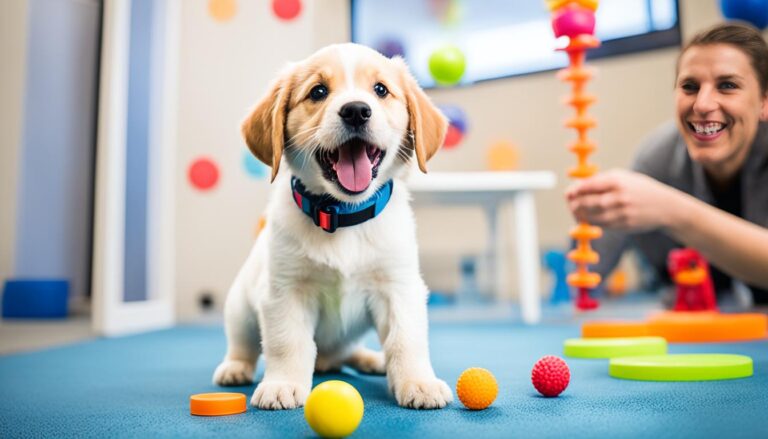
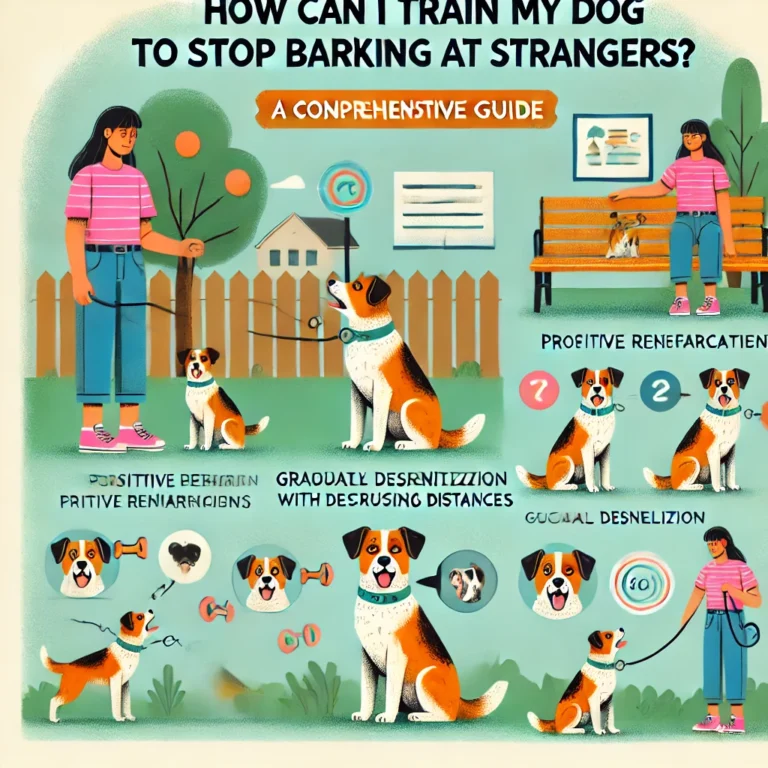

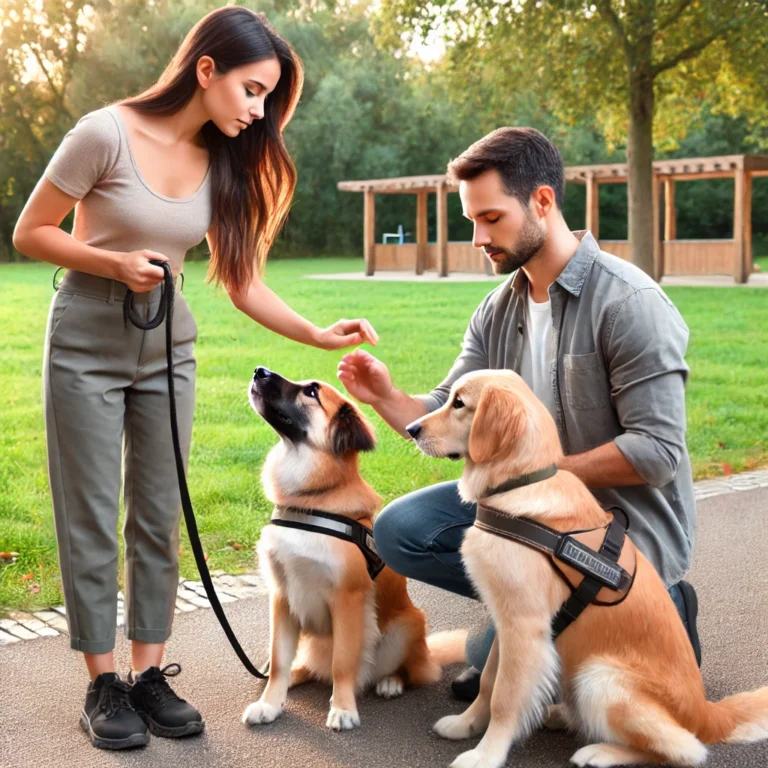

One Comment